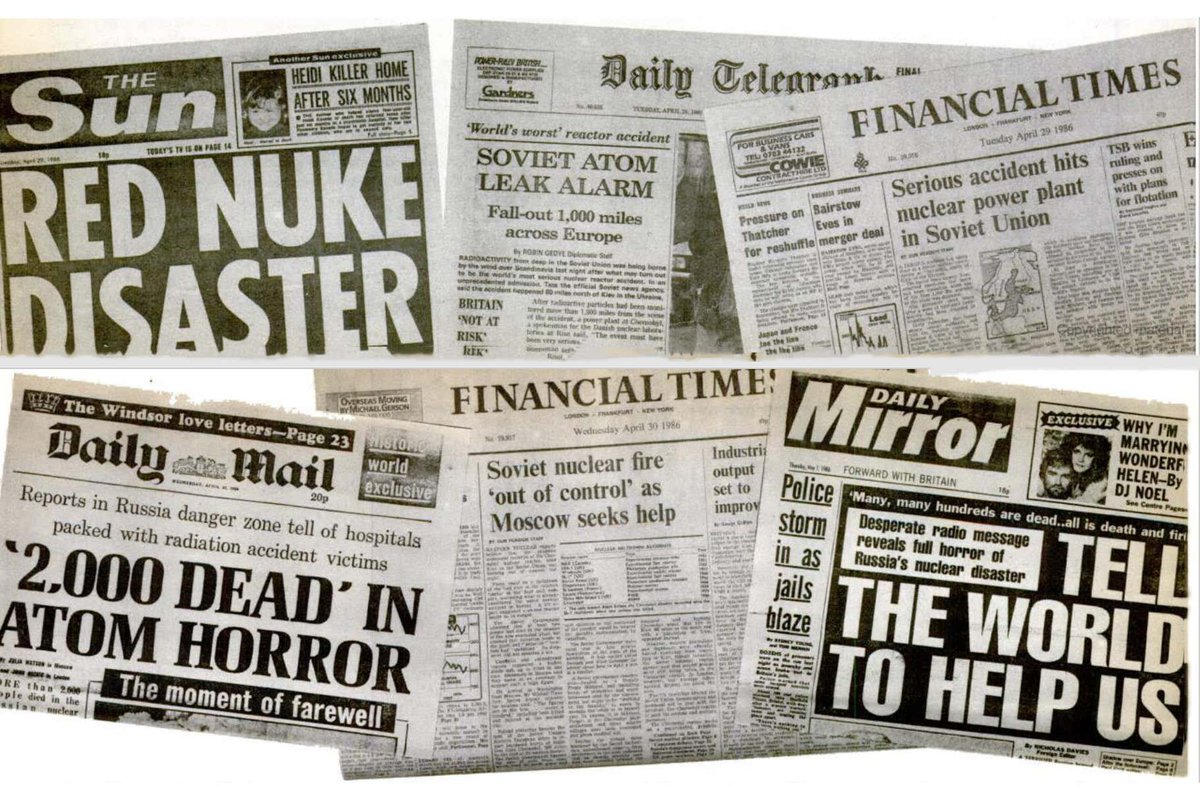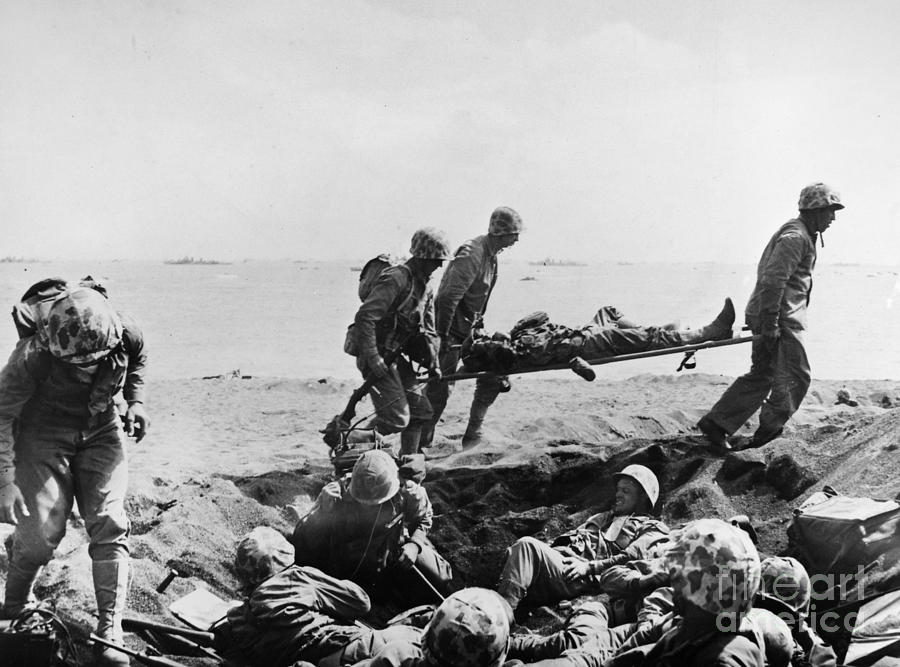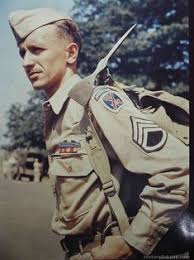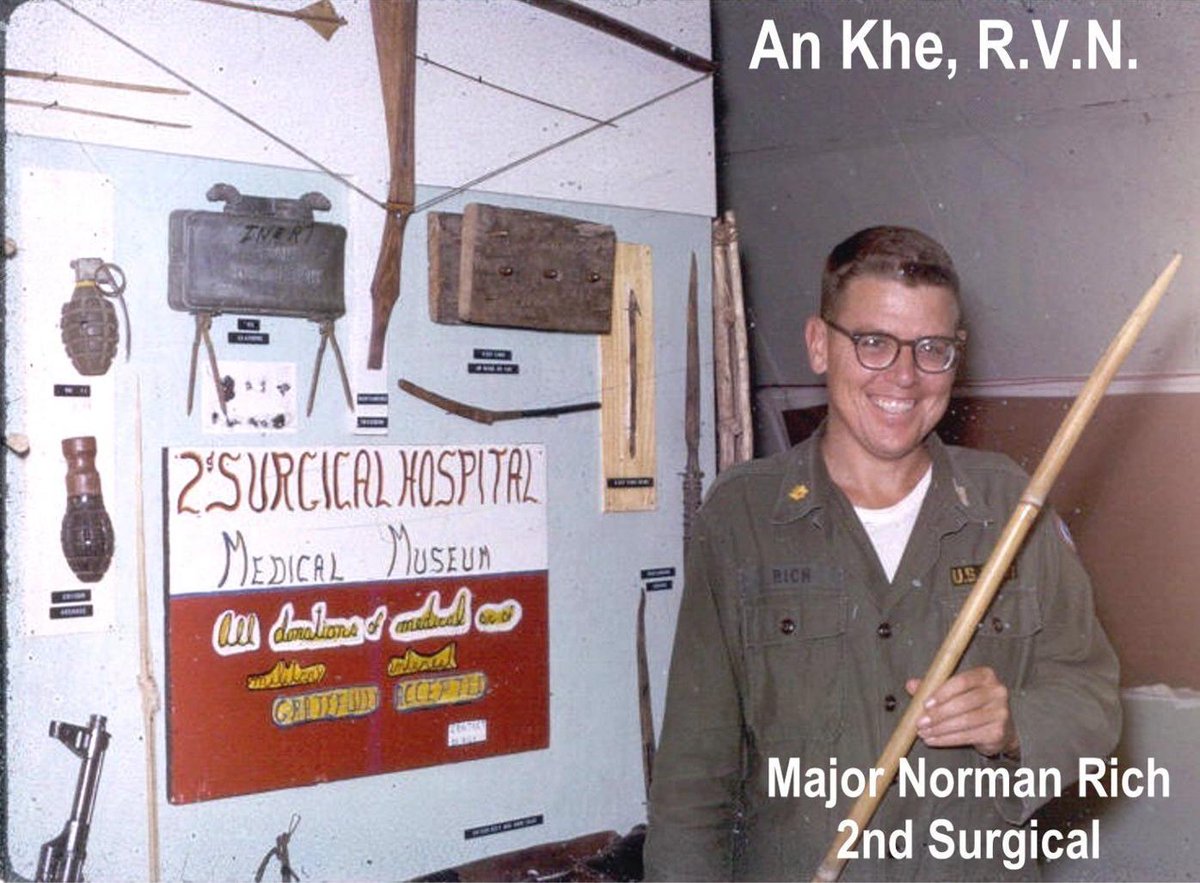
[1 of 8]
The explosion at the Chernobyl Nuclear Power Plant in Ukraine in the early morning of April 26, 1986 ushered in one of the greatest international disasters of the post-WWII world.
The explosion at the Chernobyl Nuclear Power Plant in Ukraine in the early morning of April 26, 1986 ushered in one of the greatest international disasters of the post-WWII world.

[2 of 8]
The resulting radioactive fallout caused massive suffering and the deaths of thousands and thousands, young and old.
But the events of that morning and the preceding evening remain largely misunderstood.
The resulting radioactive fallout caused massive suffering and the deaths of thousands and thousands, young and old.
But the events of that morning and the preceding evening remain largely misunderstood.

[3 of 8]
The failures that led to the Chernobyl disaster were locked behind the Iron Curtain for years. After the fall of the Soviet Union, much of the initial misreporting remained unchallenged.
The failures that led to the Chernobyl disaster were locked behind the Iron Curtain for years. After the fall of the Soviet Union, much of the initial misreporting remained unchallenged.

[4 of 8]
Publicly, much of the blame fell on the shoulders of one tragic figure: Anatoly Dyatlov, the man in the center of this photo.
Dyatlov, the ultimate Soviet Man, did what he was told that night and much of the hatred he's absorbed is unfair.
Publicly, much of the blame fell on the shoulders of one tragic figure: Anatoly Dyatlov, the man in the center of this photo.
Dyatlov, the ultimate Soviet Man, did what he was told that night and much of the hatred he's absorbed is unfair.

[5 of 8]
In the recent HBO series on Chernobyl, Dyatlov is portrayed as a vile, loathsome creature, terrifying his crew, pushing his men to perform an unsafe action. In reality, Dyatlov was a difficult man but he performed his duties as he understood them.
In the recent HBO series on Chernobyl, Dyatlov is portrayed as a vile, loathsome creature, terrifying his crew, pushing his men to perform an unsafe action. In reality, Dyatlov was a difficult man but he performed his duties as he understood them.

[6 of 8]
Now, episode 7 of our podcast, the Doomsday Clock podcast, with the help of Adam Higginbotham, author of "Midnight in Chernobyl," uncovers the truth. What happened, why it happened, and how the Politburo reacted are revealed in this stunning discussion.
Now, episode 7 of our podcast, the Doomsday Clock podcast, with the help of Adam Higginbotham, author of "Midnight in Chernobyl," uncovers the truth. What happened, why it happened, and how the Politburo reacted are revealed in this stunning discussion.

[7 of 8]
Revealed here: Dyatlov's backstory, the stunning rescue attempt at the site, Ronald Reagan's reaction, and the way the world learned of the disaster.
Revealed here: Dyatlov's backstory, the stunning rescue attempt at the site, Ronald Reagan's reaction, and the way the world learned of the disaster.

[END]
This episode also provides clarity on a complicated subject: the relationship between Chernobyl and the subsequent collapse of the Soviet Union.
This is a masterpiece of storytelling. It is a podcast you won't want to miss.
Download it here: apple.co/3anO2Mb.
This episode also provides clarity on a complicated subject: the relationship between Chernobyl and the subsequent collapse of the Soviet Union.
This is a masterpiece of storytelling. It is a podcast you won't want to miss.
Download it here: apple.co/3anO2Mb.

• • •
Missing some Tweet in this thread? You can try to
force a refresh


















